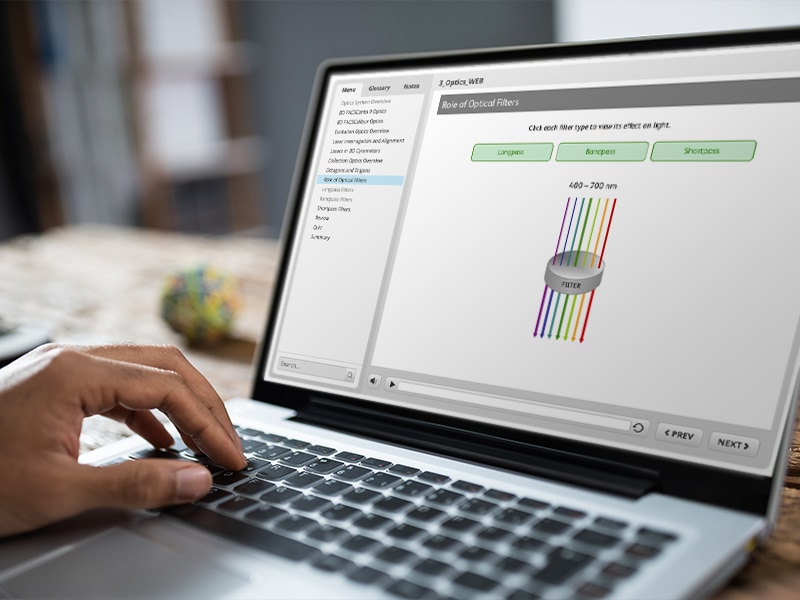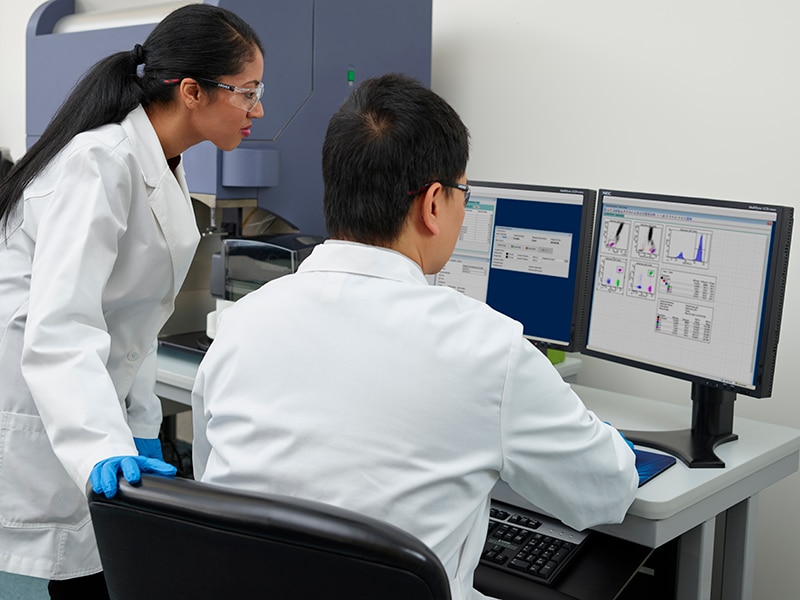-
Reagents
- Flow Cytometry Reagents
-
Western Blotting and Molecular Reagents
- Immunoassay Reagents
-
Single-Cell Multiomics Reagents
- BD® OMICS-Guard Sample Preservation Buffer
- BD® AbSeq Assay
- BD® Single-Cell Multiplexing Kit
- BD Rhapsody™ ATAC-Seq Assays
- BD Rhapsody™ Whole Transcriptome Analysis (WTA) Amplification Kit
- BD Rhapsody™ TCR/BCR Next Multiomic Assays
- BD Rhapsody™ Targeted mRNA Kits
- BD Rhapsody™ Accessory Kits
- BD® OMICS-One Protein Panels
-
Functional Assays
-
Microscopy and Imaging Reagents
-
Cell Preparation and Separation Reagents
-
- BD® OMICS-Guard Sample Preservation Buffer
- BD® AbSeq Assay
- BD® Single-Cell Multiplexing Kit
- BD Rhapsody™ ATAC-Seq Assays
- BD Rhapsody™ Whole Transcriptome Analysis (WTA) Amplification Kit
- BD Rhapsody™ TCR/BCR Next Multiomic Assays
- BD Rhapsody™ Targeted mRNA Kits
- BD Rhapsody™ Accessory Kits
- BD® OMICS-One Protein Panels
- Austria (English)
-
Change country/language
Old Browser
This page has been recently translated and is available in French now.
Looks like you're visiting us from United States.
Would you like to stay on the current country site or be switched to your country?

Training
BD Biosciences offers a variety of training courses for instruments and applications to help you take full advantage of the capabilities of BD products quickly and efficiently. Courses are led by BD professionals with extensive flow cytometry experience gained in research and clinical laboratories.
Learning@BD Portal
One portal to view all training available to you
Whether you want to register for an instructor-led training that takes place in one of our Training Centers or want to access online self-paced courses, you just need to log in to our Learning@BD training portal. Online courses can be used for basic learning or to reinforce or refresh what you learned in class. Videos, such as maintenance procedures, allow you to preview a procedure prior to attempting it yourself. Build your own learning plan from available courses and access your learning history at any time.
To access Learning@BD portal please select your country.
You can browse the catalog without having an account, but you need one to register to a course. To create a user account, please follow the instructions on the Personal tab in the site page of Learning@BD.
Select your country
Highlights of the BD Biosciences Training Program
Our wide range of course options include hands-on instructor-led training and instructor-led virtual classrooms, as well as self-paced e-learning, videos and online webinars. No matter your preferred style of learning, we have training options to help you make the most of your scientific endeavors.
Self-Paced Courses
Explore our self-paced courses. BD offers online training resources available 24/7 in Learning@BD. Learn at your own speed and repeat as often as needed. Courses can be used for basic learning or to reinforce or refresh what you learned in class.


Instructor-Led Training
Our Regional Training Centers, located in many countries across Europe, organize training courses and workshops in local language on a regular basis. Our Belgium-based European Training Center offers training courses on high-end sorters and analyzers.
- Every training is organized more than once a year so that you can choose which date fits your calendar the best.
- The length of our courses varies from 1 day to maximum 4,5 days.
- For optimal learning and interaction with the instructors, we limit the size of the groups to six participants.
- During our training courses, theory is always alternated with practice. Exercises are performed in small groups with a maximum of two persons per instrument.
Some of our courses can be delivered as a virtual class. Staying in your facility, using your instrument, up to two members of your laboratory will be remotely connected to one trainer. Practical sessions on the instrument will alternate with real time presentations, videos, discussion and self-paced practice.
To view courses and schedules offered in our Training Centers and virtually, please access our learning portal Learning@BD by selecting your country in the list above.


Custom Training Solutions
For your unique training need, BD offers consultation as well as tailored training options. Pre-establish specific training topics, number of participants and duration you want in each session. Contact your local training coordinator to discuss your organization’s training needs. In some specific situations, the course can be delivered at your facility.
Contact us at BDB.Training@bd.com if you need assistance

